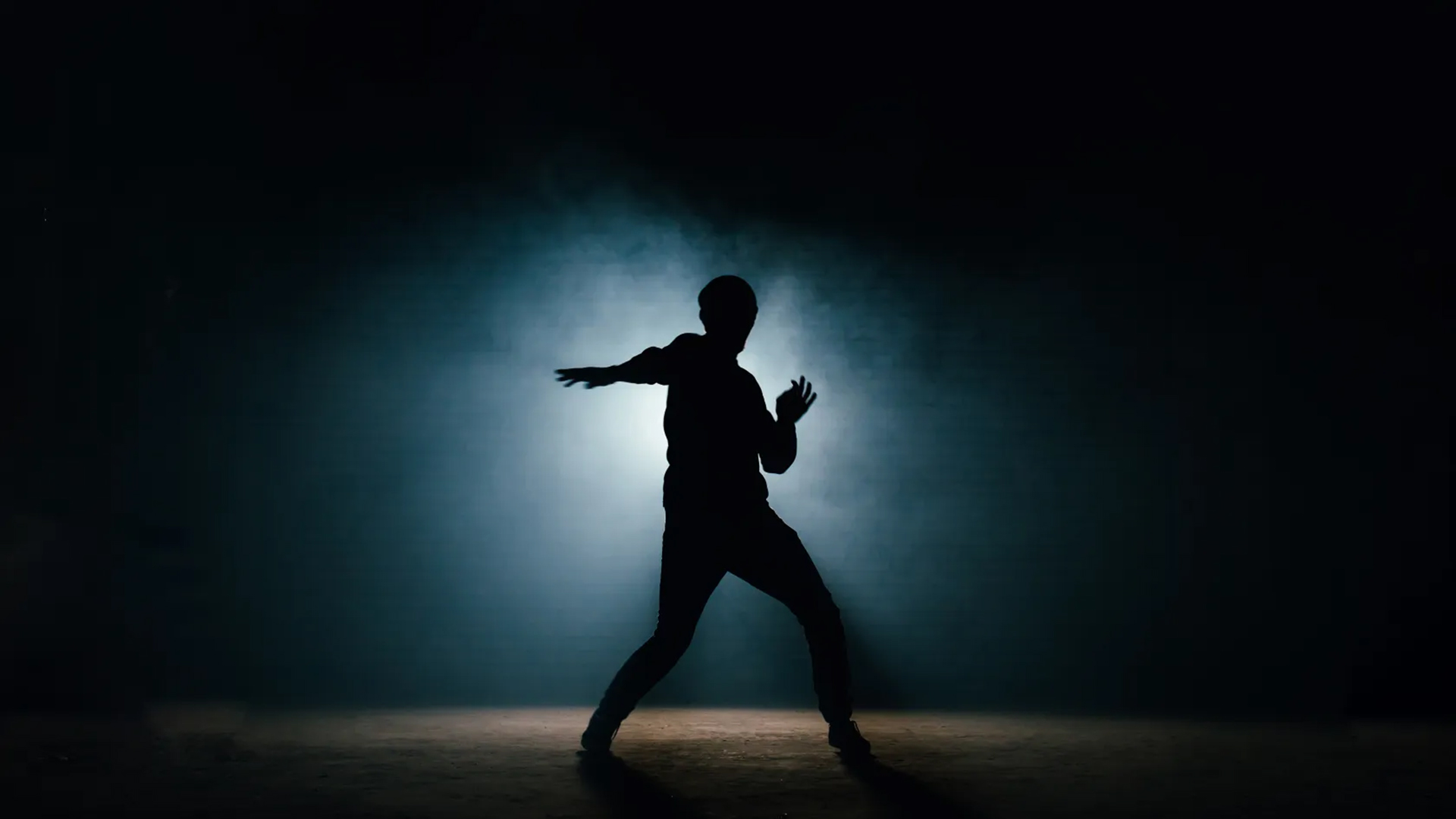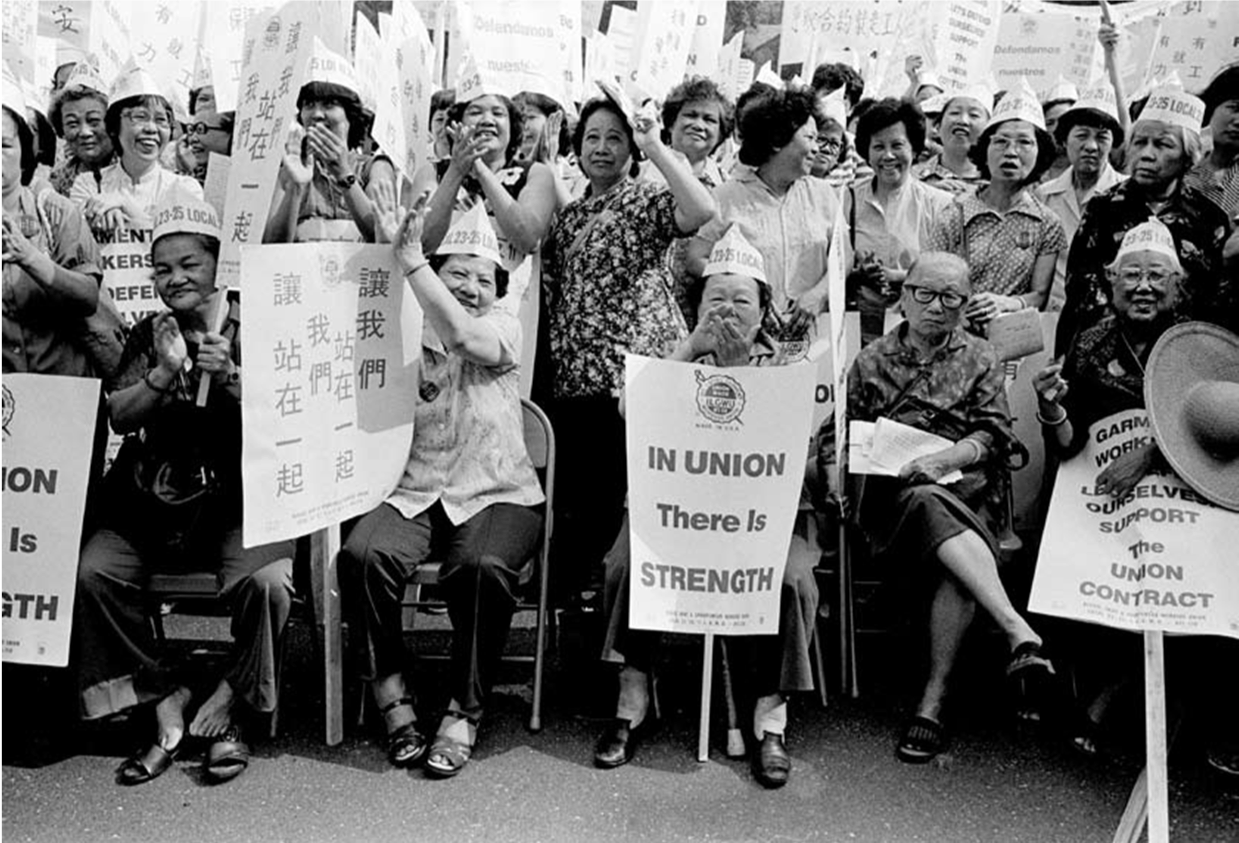Dance like somebody’s watching is more than just a catchy phrase; it encapsulates the essence of self-expression and liberation through movement. In a world where judgment often looms large, embracing this mindset can transform the way we approach dance, turning it into a powerful tool for emotional release. Dance classes and tips can guide us on this journey, encouraging us to connect deeply with our bodies and express our innermost feelings without hesitation. Whether it’s through the rhythm of a song or the pulse of a beat, finding release through dance allows us to break free from societal constraints. Ultimately, it’s about letting go and owning the stage—because when we dance as if someone is watching, we truly open ourselves to the transformative power of dance and authentic expression.
When we explore the concept of performing for an audience, we tap into broader themes of visibility and self-acceptance in movement. This approach encourages individuals to embody their truth through the art of dancing, allowing for a deeper connection to dance expression that resonates with each person’s unique journey. In this light, finding solace or spiritual dance becomes an avenue for catharsis, where movement is not just physical but a celebration of inner freedom. Engaging with dance encourages participants to embrace their vulnerability, facilitating self-discovery and personal growth beyond mere technique. Ultimately, the act of dancing with intention fosters an empowering atmosphere that inspires creativity and confidence, making every moment a chance to shine.
Dance Like Somebody’s Watching: Embracing Self-Expression
When we step onto the dance floor with the mentality of ‘dance like somebody’s watching,’ we tap into an innate desire for connection and expression. This mindset encourages us to shed our inhibitions and let our bodies communicate emotions that words often fail to express. Dance is not merely about physical movement; it is a vibrant art form where we can convey our stories, struggles, and joys. Whether it’s a joyous celebration or a moment of catharsis, every movement tells a part of our personal narrative, resonating with an audience built from our shared experiences.
Moreover, embracing this philosophy invites us to explore the freedom found within our own bodies. In dance classes, instructors often encourage students to channel their feelings instead of perfecting technique. This approach aligns with the notion that great dance is born from authenticity and self-acceptance. By dancing as if observed, we cultivate a dynamic environment where expression is celebrated, helping to break down the barriers of self-doubt and self-critique.
Finding Release Through Dance: A Therapeutic Journey
Finding release through dance transcends the physical realm, offering a therapeutic outlet that can help individuals process emotions and experiences. In many cultures, spiritual dance practices like Mali’s djine foly encourage individuals to reach trance-like states, facilitating a deeper connection with the self and the universe. This practice reminds us that dance has the power not only to entertain but to heal, allowing emotions to flow freely and transform into physical expression. Whether in a classroom or on a sacred floor, the ability to express oneself through movement can lead to profound personal revelations.
This journey of release can be particularly beneficial for those dealing with stress or overwhelming emotions. Dance classes often serve as a space for communal expression, providing participants with the support to fully embrace their movements without the fear of judgment. Instructors like Jeffrey L. Page advocate for creating an environment where shouting, laughing, and dancing freely break the shackles of everyday life. By making space for emotion and spontaneity, individuals can find liberation in their dance, embracing the mantra that it doesn’t matter if one ‘looks good’ — what truly counts is the honesty of the expression.
The Spirituality of Dance: Connecting with Inner Joy
Dance, especially in its spiritual forms, connects us to a higher plane of emotional and physical experience. The belief in a mystical element, such as the djinn in Malian tradition, highlights dance’s ability to transcend the ordinary and connect us with something greater. Spiritual dance invites participants to let go of their earthly concerns and immerse themselves in the joyful energy that movement brings, reminiscent of capturing the ‘holy ghost’ in the Black community. This connection can lead to an explosive outpouring of joy and release, enriching one’s spirit and mental well-being.
Engaging in such spiritual practices helps individuals find a sense of purpose and belonging. Students who join dance classes often discover that these sessions act as mini-retreats, where they can explore their inner selves. The guidance from experienced instructors provides a framework for movement that celebrates individual expression while fostering a shared communal experience. As participants immerse in styles that resonate with them, they often find solace and joy in the rhythm of their bodies, ultimately discovering a deeper sense of connection to both themselves and the universe.
Tips for Dancing with Confidence: Overcoming Fears
Dancing can often evoke fear and self-doubt, especially in spaces where we feel we might be judged. One of the key dance tips for overcoming this fear includes adopting a playful mindset that emphasizes fun over perfection. Jeffery L. Page encourages dancers to shed the pressure of looking good and instead focus on how it feels to move. By embracing the idea that there’s no wrong way to express oneself through dance, even beginners can find the confidence to join in — regardless of skill level.
Another essential tip is to practice mindfulness while dancing. Being present in the moment allows dancers to connect deeply with their emotions and physical sensations, ultimately enhancing their overall experience. Moreover, engaging in dance classes led by passionate instructors can cultivate a supportive environment, encouraging dancers to step outside of their comfort zones without fear of judgment. As one lets go of insecurities and begins to express openly, the transformative power of movement begins to emerge, leading to both personal growth and joy.
The Importance of Dance Classes: Building Skills and Connections
Enrolling in dance classes can dramatically improve your dance skills while fostering a supportive community where individuals can express themselves freely. These classes, often led by experienced instructors, provide not only technical training but also valuable lessons in self-expression and emotional release. For many, the classroom becomes a refuge where they can escape daily stresses and find joy in movement. Engaging with others who share a passion for dance can lead to meaningful friendships and a deeper appreciation for this art form.
Additionally, dance classes often introduce students to various styles, helping them discover their unique preferences and strengths. From contemporary to traditional dances, each genre brings a fresh perspective on movement, enhancing one’s ability to connect with different forms of expression. Students are encouraged to push their boundaries and explore aspects of themselves they may not have accessed otherwise. In this supportive space, bonds are formed, creating a sense of unity among participants who all venture toward finding their personal dance identities together.
The Role of Emotion in Dance: How Feelings Inspire Movement
Emotion is a vital component of dance, as it not only fuels our movements but also helps convey our internal states to the audience. Every dancer taps into a reservoir of feelings to create authentic expressions, making emotion the lifeblood of impactful performances. Recognizing and harnessing these emotions can lead to more authentic and powerful dance experiences. This connection invites audiences to engage with the dance on a deeper level, resonating with the struggles, joys, and triumphs expressed through movement.
Moreover, dance acts as a vehicle for emotional release, enabling dancers to confront and process their feelings in real-time. This cathartic process can illuminate hidden truths and foster personal healing. By acknowledging emotions such as joy, sorrow, and anger through movement, dancers often experience a transformative release that enhances their overall well-being. Thus, whether one is dancing in solitude or in a group, emotion-infused movement can serve as a vital outlet for self-exploration and understanding.
Celebrating Individuality Through Dance: Expressing Your Unique Style
In dance, individuality is not just welcomed but celebrated. Each dancer possesses unique qualities, perspectives, and experiences that can greatly influence their style and approach to movement. Embracing one’s distinctiveness in dance can empower individuals to showcase who they are without conforming to societal norms. Encouraging this sense of individual expression creates a rich tapestry of diverse styles and interpretations, making the dance community vibrant and dynamic.
Classes often emphasize the importance of developing one’s voice through movement. Instructors may challenge students to bring their backgrounds, experiences, and emotions into their dance style, emphasizing that there’s no ‘right’ way to perform. This encourages a richer dialogue among dancers, allowing them to learn from each other while discovering their personal dance identity. When dancers feel free to express themselves fully, they create art that resonates deeply with both themselves and their audience.
The Healing Power of Dance: Finding Catharsis and Freedom
Dance has long been recognized for its therapeutic benefits, providing a means of catharsis for those who engage with it. The physical act of moving allows individuals to release pent-up emotions and transform them into something tangible. Jeffrey L. Page’s approach in his classes encourages participants to vocalize and exaggerate their movements, fostering an environment where freedom of expression reigns. This approach serves as a reminder that, through dance, we can unearth our truest feelings and gain a sense of liberation.
Beyond just physicality, the emotional release found in dance can lead to profound healing. Dancers often find themselves navigating complex feelings as they create their unique narratives through movement. Whether it’s expressing grief, joy, or simply the joy of existence, dancing can help to process and articulate these emotions more vividly. By creating spaces where one feels safe to express authentically, dance becomes a powerful tool for mental and emotional well-being.
Dance as Cultural Expression: Connecting with Heritage Through Movement
Dance serves as a pivotal form of cultural expression, allowing individuals to connect with their heritage and traditions. Across various cultures, the movement is intertwined with rituals and celebrations, where story and identity are conveyed through dance. Engaging in these cultural practices fosters a technology through which traditions are honored and passed down, enriching the community’s cultural fabric. The act of dancing thus becomes a bridge between generations, linking the past to the present.
Moreover, participating in culturally rooted dance forms encourages individuals to explore their own identities within the context of community and belonging. Classes that focus on traditional movements can help individuals appreciate the history and significance behind each step. As dancers engage with these rich traditions, they create an environment steeped in shared experiences, done through movements that tell their distinct stories. This exploration can empower individuals to embrace their background while interacting with broader artistic landscapes.
Frequently Asked Questions
What are some effective dance tips to dance like somebody’s watching?
To dance like somebody’s watching, focus on expressing yourself confidently. Start with basic dance tips such as maintaining good posture, using your arms freely, and smiling. Remember, authentic movement often resonates more than technical perfection. Engage with the music emotionally, and allow yourself to feel the rhythms physically, as if you’re telling a story with your body.
How can I find release through dance like somebody’s watching?
Finding release through dance involves letting go of inhibitions. When you dance like somebody’s watching, aim to channel your emotions through movement. This can be achieved by dancing in a way that feels organic and sincere to you. Embrace your feelings—whether they’re joyful or melancholic—and allow them to manifest in your dance. Classes focusing on creative expression can help facilitate this process.
What is spiritual dance and how does it relate to dancing like somebody’s watching?
Spiritual dance, much like dancing like somebody’s watching, emphasizes the connection between body, mind, and spirit. It encourages dancers to express their innermost feelings and thoughts through movement. Ritualistic practices, like the Malian djine foly, show how dance can lead to a trance-state, allowing for profound emotional release. Engaging in spiritual dance can enhance your ability to express yourself freely, even when you feel observed.
What dance classes focus on teaching you to dance like somebody’s watching?
Many dance classes emphasize expressive movement over technical skill, teaching students to dance like somebody’s watching. Look for classes that focus on improvisation, contemporary dance, or even jazz. These styles often encourage personal expression and emotional release, allowing dancers to connect with their feelings on stage.
How does dancing like somebody’s watching help with self-expression?
Dancing like somebody’s watching encourages open self-expression by prompting performers to put aside self-doubt and embrace vulnerability. This form of dance allows individuals to showcase their unique identities and emotions through movement, creating a powerful narrative that can be understood by others. It cultivates confidence and a sense of belonging, essential for authentic dance expression.
Can anyone learn to dance like somebody’s watching?
Yes, anyone can learn to dance like somebody’s watching! It’s not about skill level; it’s about presence and authenticity. Dance classes geared towards self-expression can enhance your ability. The key is to let go of judgment and focus on how your body responds to the music and emotions, leading to a more fulfilling and authentic dance experience.
| Key Points | Details |
|---|---|
| Overview of Dance | Dance is a form of expression and communication where individuals seek to be seen and heard. |
| Importance of Visibility | People often become invisible due to societal pressures, but dance allows for self-expression. |
| Cultural Roots | The Malian practice of ‘djine foly’ highlights the spiritual and euphoric aspects of dance. |
| Tips for Dancing | Let go of inhibitions; it’s more important to feel than to look good while dancing. |
| Release and Freedom | Shouting and dancing help release pent-up emotions and achieve a trance-like state. |
Summary
To dance like somebody’s watching, one must embrace the act of dancing as a powerful form of self-expression and liberation. This philosophy encourages individuals to shed their inhibitions and fully immerse themselves in the rhythm and emotion of the moment. The insights shared by Jeffrey L. Page reveal that dance is not merely about appearance; it is about experiencing joy and revealing inner truths, no matter who is observing. By engaging wholeheartedly in dance, you can access deeper layers of your being, allowing for a cathartic release that cultivates personal happiness and spiritual fulfillment.


